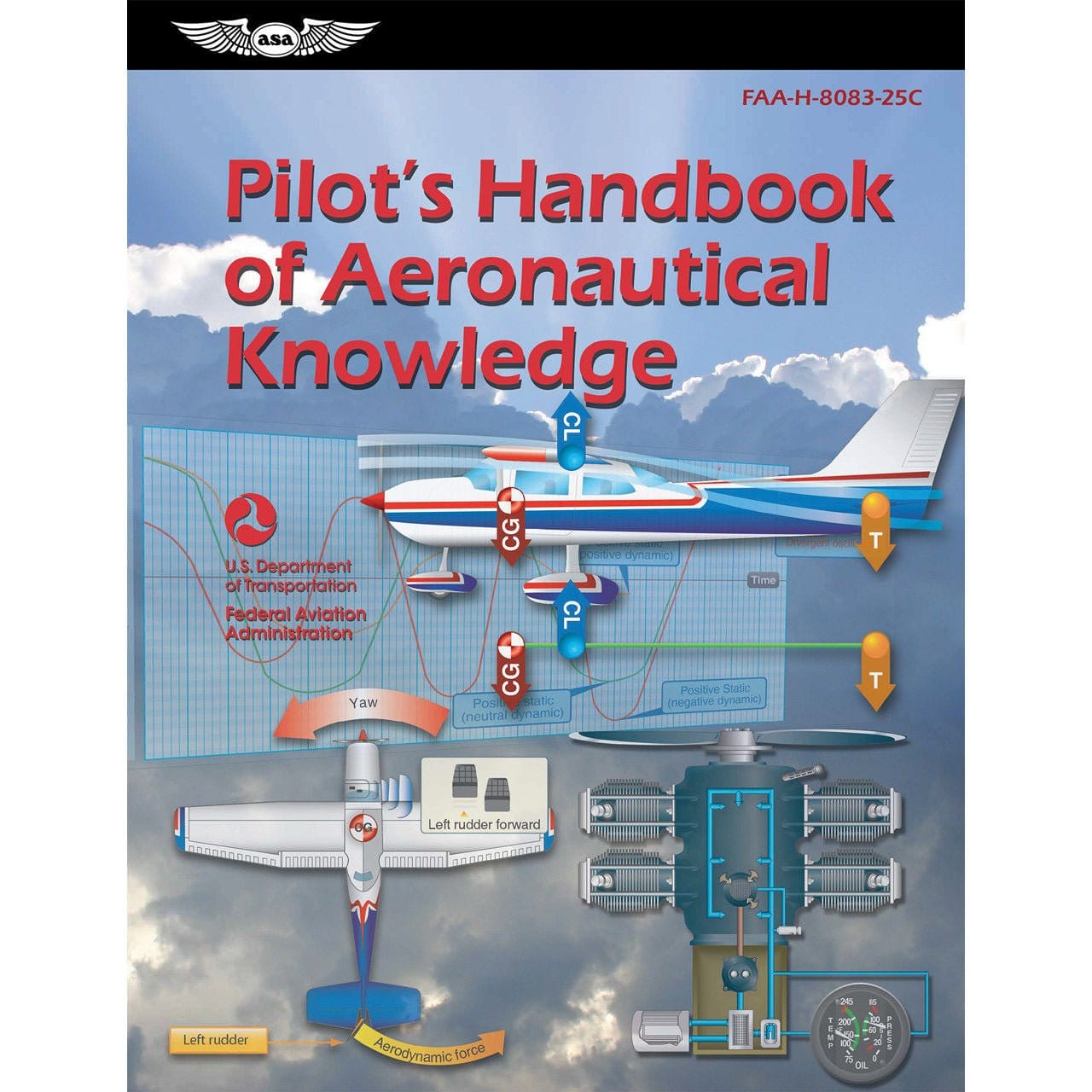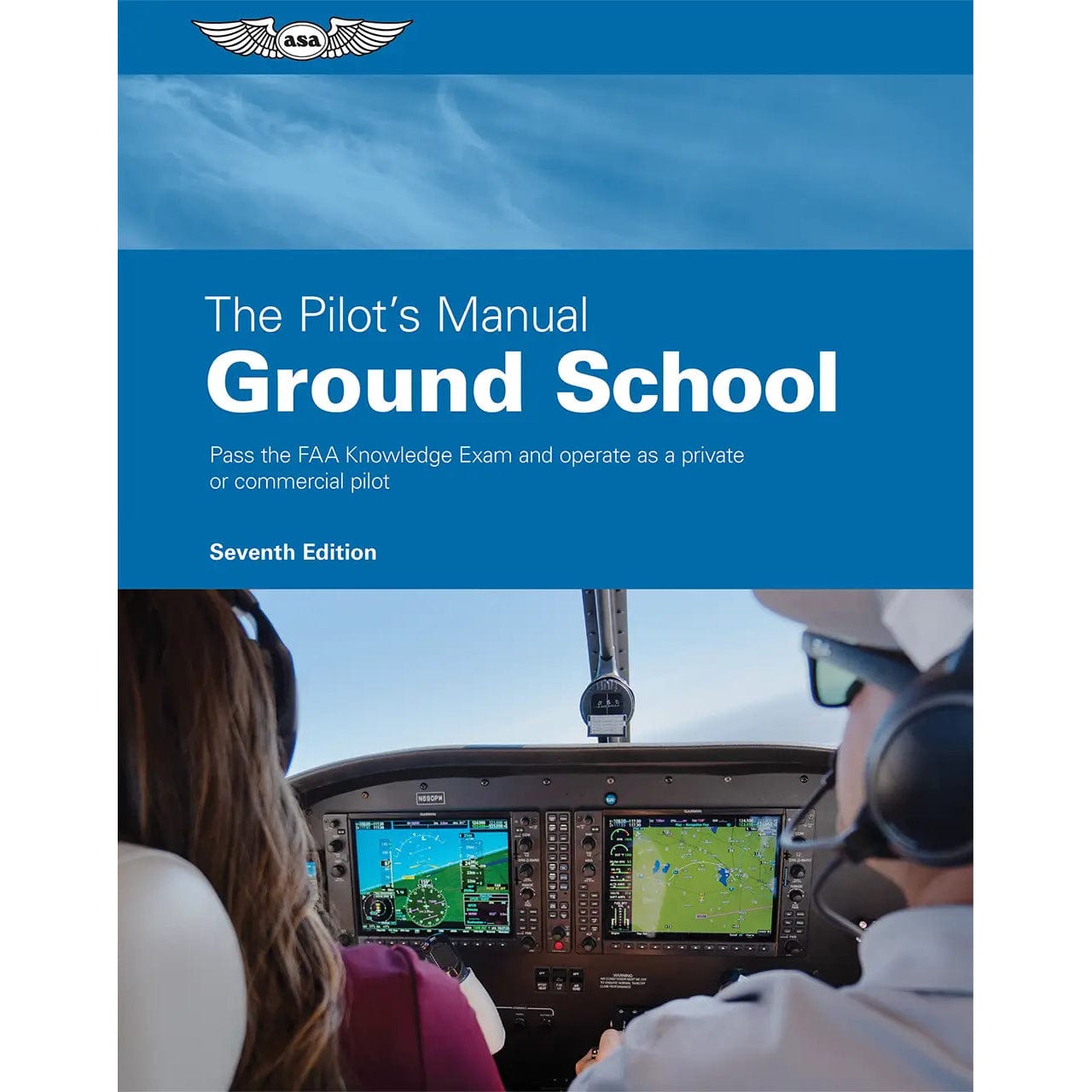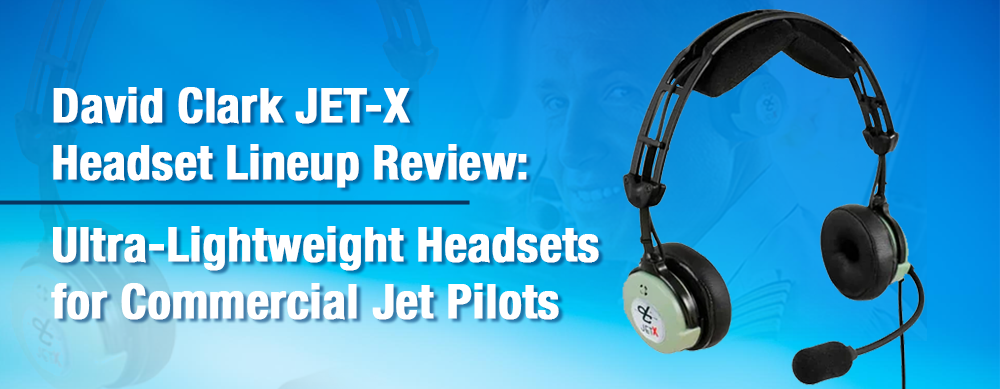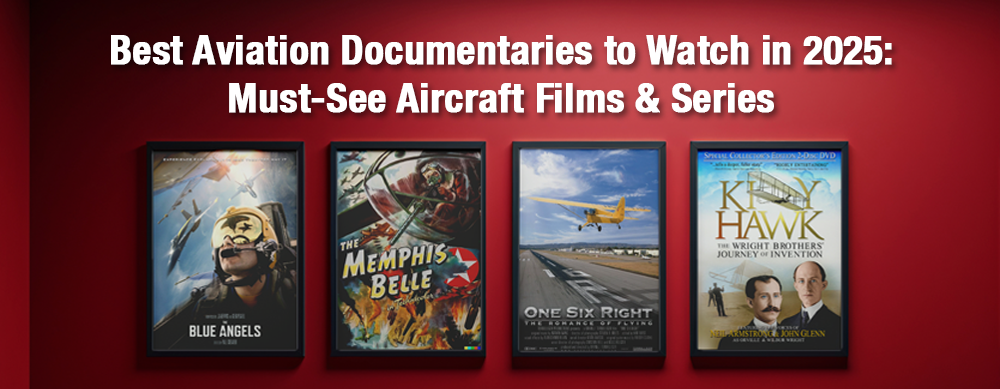Pilot students at Part 61 flight schools may begin training on analog instruments in their early days, but as they advance they will likely have the opportunity to experience glass cockpits. Glass cockpits use computer technology with features such as interactive moving maps.
However, some pilots prefer steam gauges because they are more affordable for general aviation aircraft use. In this article, we'll investigate—which is better, analog or glass cockpits?
Let's explore and find out!
 What is a Glass Cockpit?
What is a Glass Cockpit?
Glass cockpit systems are an awesome upgrade for aviators. Instead of old-school analog gauges, they are replaced with advanced digital primary flight display (PFD) and multifunctional displays (MFDs). Pilots can now enjoy flying with an aircraft equipped with high-tech digital displays and touchscreens that show flight data in real time.
These days, lots of aircraft are decked out with these cutting-edge systems, and traditional instruments like the airspeed indicator, vertical speed indicator, and moving map are integrated seamlessly, providing crucial information for safe navigation and decision-making.
It's all so much easier now!
Pilots with instrument ratings find glass cockpits a breath of fresh air, as they enhance situational awareness, allowing for quicker responses, especially during challenging weather conditions or electrical failures.
While these systems are not as frequent in general aviation airplanes, more aircraft are beginning to adopt hybrid systems that implement some of these features.
Glass avionics are amazing, and every pilot should experience using them at some point in their aviation journey.
Pros:
-
Improved situational awareness
-
Moving map
-
Digital displays
-
Easier to read
-
Glass panels for the digital primary flight display
-
Bluetooth synching from tablet to onboard avionics(depending on the system used)
Cons:
-
High cost to rent and/or own
-
Pilots can become too dependent on electronic flight aids
-
Possible software glitches
-
Possible electrical system failures
-
Training complexity: requires more knowledge and skill
-
Requires training on backup instruments
 What is an Analog Cockpit?
What is an Analog Cockpit?
The traditional cockpit is home to the good old trusty six-pack. It's full of old-school flight instruments that students immediately become familiar with, with primary flight instruments such as the airspeed indicator, vertical speed indicator, attitude indicator, altimeter, turn and slip indicator, and finally the heading indicator. The steam gauge cockpit uses mechanical components and vacuum pumps.
Although modern glass cockpits are super intuitive to use, there's something special about analog systems: they require a deeper understanding of the connection between control inputs and the data displayed.
It's easier to 'feel' the plane. When you fly an older aircraft with round dials, you get to experience firsthand the nuance of flight dynamics which makes for a more hands-on approach to flying.
For students attending a flight school, their instructors will usually opt for these kinds of cockpits to train pilots since they offer more insight into aerodynamics than their digital counterparts in new airplanes.
Pros:
-
Makes training for an instrument rating easier due to the simplicity
-
Best suited for the primary training needed for student pilots.
-
Easier learning curve for the aircraft
-
Older aircraft are more affordable versus glass cockpit aircraft
-
Better equipped to handle electrical power failures
-
Lack of parallax errors (reading doesn't depend on the angle)
- Precise values
Cons:
-
Less situational awareness
-
Uses less accurate gyros
-
No alerts for vacuum pump failure
-
Less reliability in IMC conditions than glass cockpits
 Analog or Glass Cockpit: Which is Better?
Analog or Glass Cockpit: Which is Better?
When it comes to the question between glass and analog cockpits, we need to examine both objectively.
Glass cockpits have electronic displays, which many pilots prefer due to all the modern conveniences and ease-of-life features. Glass displays can also be a lifesaver when it comes to navigation with their useful moving map display—but they rely on electricity.
Analog gauges and round dials might seem outdated, but offer the simplicity some pilots prefer, and analog cockpits can handle electrical failure better than glass cockpits.
Ultimately, pilots who fly in new planes and transition to glass cockpits praise the advantage of improved data presentation that helps them make better decisions in the air. More seasoned pilots have expressed concerns about relying too heavily on electronics and the cost of having and maintaining them.
At the end of the day, what kind of cockpit you like more is up to you. Some Certified Flight instructors prefer how straightforward analog gauges are for teaching students.
However, in the world of professional aviation, companies are gradually transitioning to glass cockpit aircraft for the great features and situational awareness they offer.
 Hybrid Cockpits
Hybrid Cockpits
Today's hybrid cockpits provide a nice mix of getting to keep what's old and familiar, but also take advantage of new and fun gadgetry. Pilots can fly confidently knowing that their trusty analog gauges are still there, but also have the advantages of digital panels with clear flight information.
The multifunction display (MFD) can be a great addition to any general aviation aircraft setup, allowing for a gradual transition from the traditional instruments into the more modern ones.
It's a way to enjoy the best of both worlds.

|
Logitech Saitek Basic Flight Simulation BundleIf you're passionate about your flight simulation experience, you know that only the absolute best hardware and software components available can bring you an exhilarating, lifelike adventure from the comfort of your computer. |
Learn About Glass Cockpits With Simulators
As planes continue to become more advanced, there is a need for pilots to keep up. I recommend checking out flight simulators such as Microsoft Flight Simulator or X-Plane 12.
Even if you don't really play the game or want to fly new aircraft, you can keep the plane on the ground, pause it, and familiarize yourself with different aircraft systems, and instruments and how they work.
These simulations also provide a programmed ATC communication to help practice those radio calls.
Zoom in on the multi-function display(MFD), try out different aircraft manufacturers and experience the cockpits of commercial aircraft. Simulators can be a great "chair-flying" experience to keep your skills sharp.
Takeaway
It's amazing to think about how far aviation technology has come! We have moved away from the days of dials and buttons and embraced the fancy digital displays that give pilots plenty of options.
Analog is still great, and it's tried-and-true, but glass cockpits can offer enhanced safety features and they streamline data so decisions can get made in a snap.
For myself, I enjoy the hybrid approach—I can get the dependability of analog plus the benefits of cutting-edge tech—so my passengers and I can fly safely, but have more situational awareness for myself. It's a win-win!
Which do you prefer? Let us know in the comments below!
Related Articles
Now that you know about analog and glass cockpits, learn everything you need to know about your instruments with these articles:








